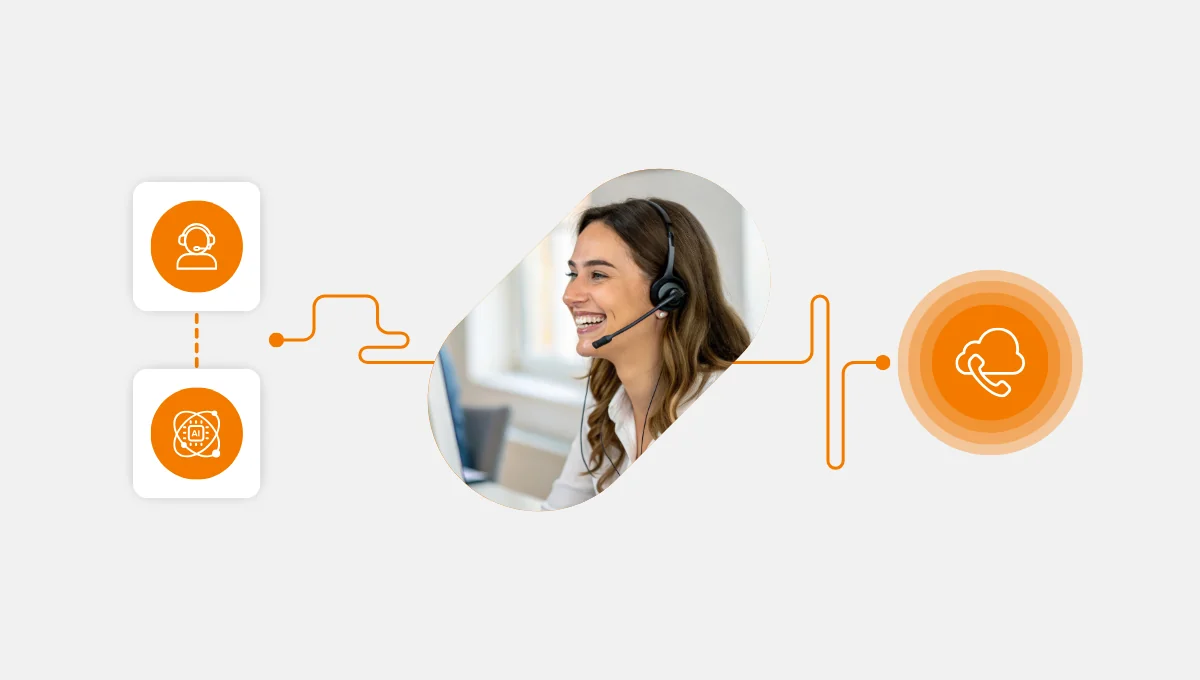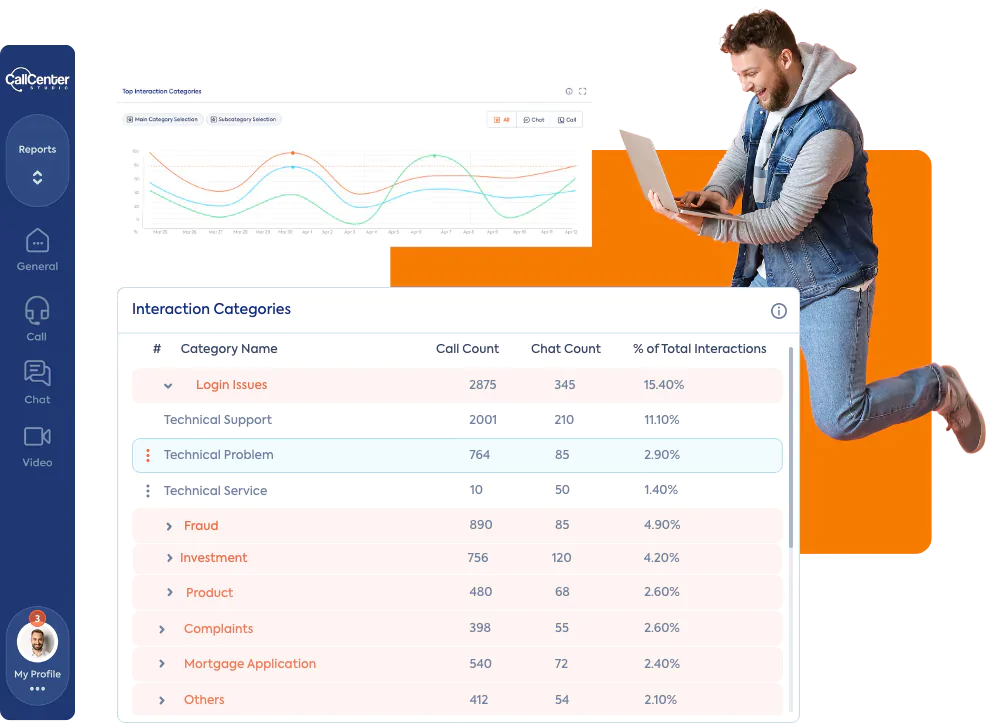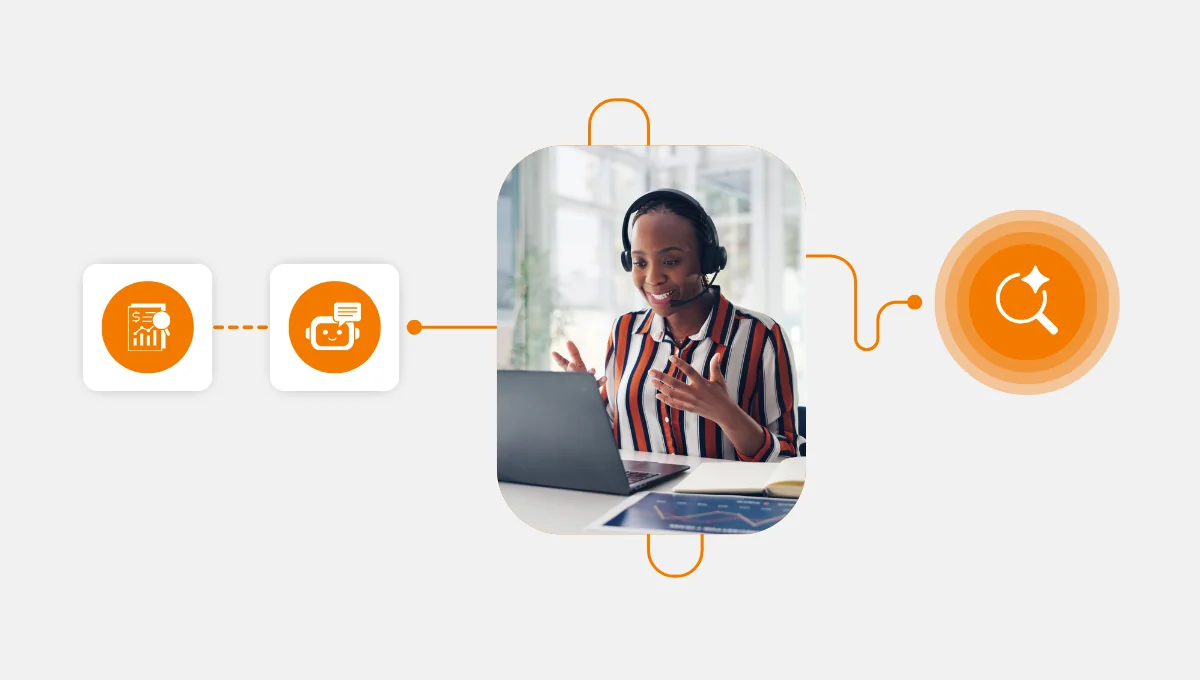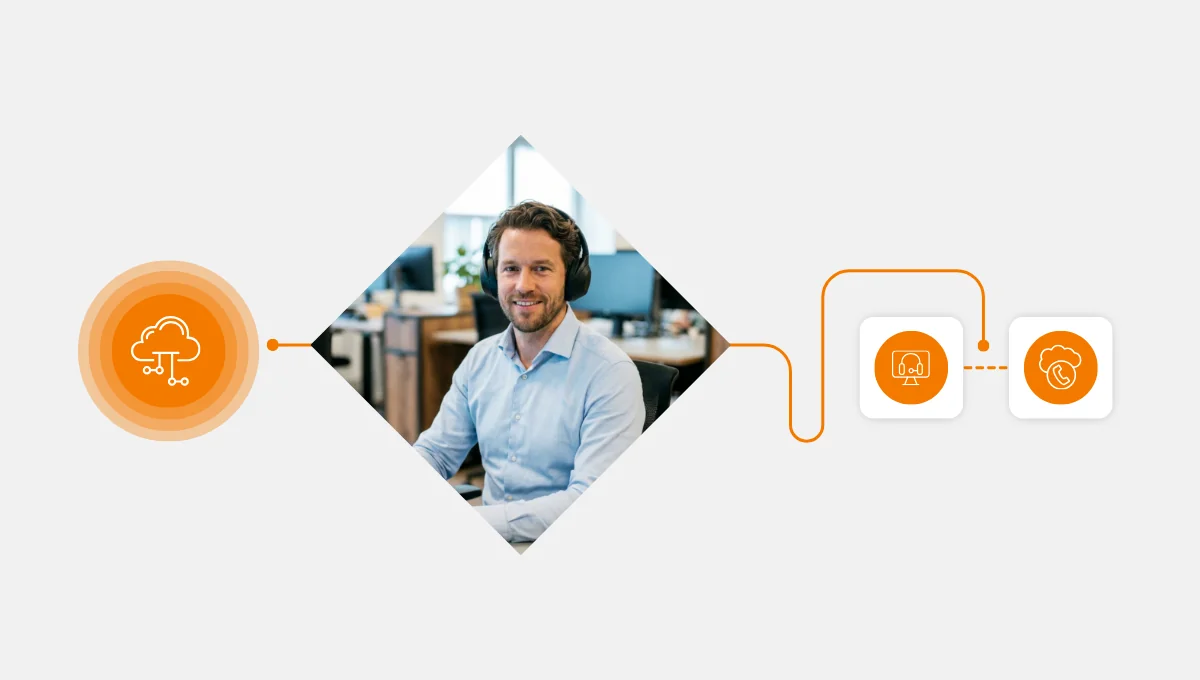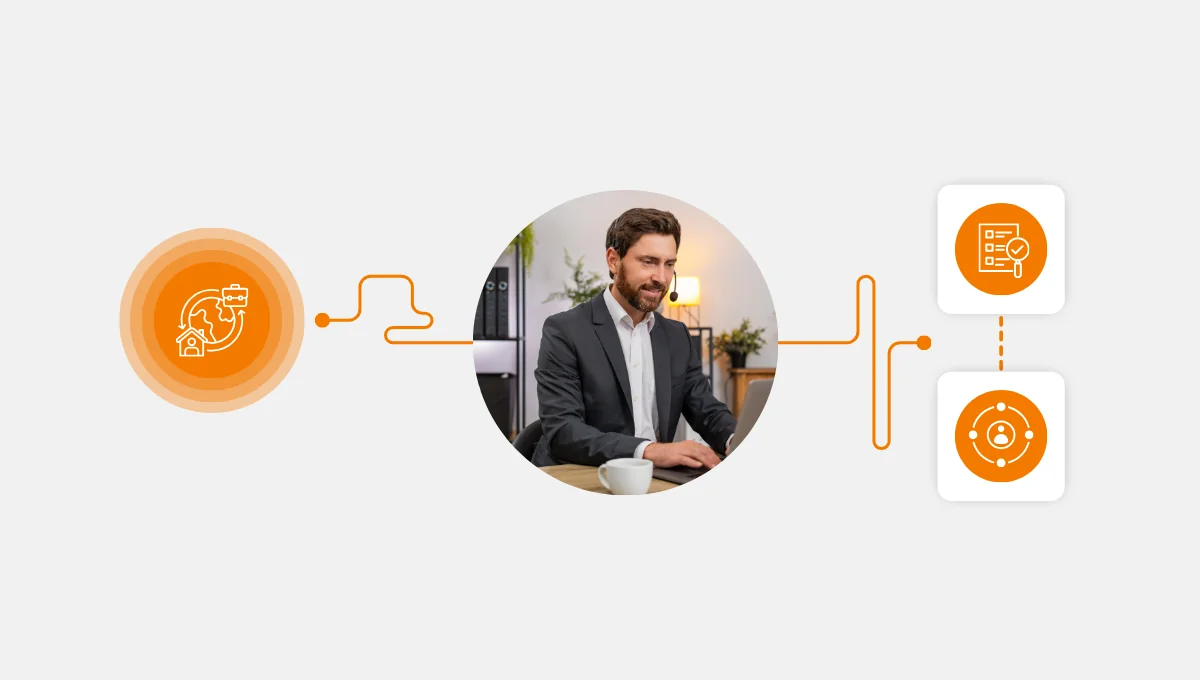Over 40% of cloud contact center (CCS) migrations fail due to skill gaps, legacy system complexity, or lack of executive alignment.
The good news is that the migration success rates increase by up to 89% when companies bring in a specialized migration team. Simply means knowing the process is critical.
This guide walks you through the 10 key phases of cloud contact center migration so you know what to expect, what to avoid,
1. Needs Assessment
Start by figuring out what’s working and what isn’t.
Talk to your frontline agents. Look at call volume peaks. Map out your current infrastructure and workflows. Your goal here is to build a cloud contact center strategy that’s grounded in real needs, not assumptions.
You’re asking:
- What are our pain points?
- Where are we losing time or customers?
- What would a successful future state actually look like?
The better your clarity at this stage, the fewer surprises later.
2. Vendor Selection: Choose the Right Fit
Not all cloud contact center platforms are created equal.
Look beyond the demo videos. You want a provider that can support your business at scale, offers fast deployment contact center features, integrates easily with your existing tools, and provides AI features that actually improve agent performance.
Make sure your shortlist includes:
- Real-world customer examples
- Transparent pricing
- Enterprise-grade support
- Compliance certifications relevant to your industry
🎯Call Center Studio is checking all boxes. Here are the results after the Call Center Studio client has completed the migration successfully:
- 200% ROI increased
- 330% operation saved
- 1.5 minutes of talk time saved
3. Infrastructure Preparation
Before you move anything, make sure your foundation is solid. That means:
- Checking bandwidth at all your sites,
- Updating security protocols,
- Setting access policies, and
- Confirming you meet all regulatory requirements (GDPR, HIPAA, etc.).
You’ll also want to define your failover and disaster recovery strategies now (not after something goes wrong).
It’s a technical phase, but don’t underestimate it. A strong setup here helps everything else run more smoothly later on.
4. Data Migration: Move Carefully, Stay Organized
This is where things get sensitive. In this stage, you’re transferring customer records, call logs, IVRs, and historical performance data, and you need all of it to stay intact.
The checklist for this phase is:
- Plan your cloud contact center migration in stages if needed.
- Backup everything.
- Validate it before and after the move.
With Call Center Studio migration tools, you get secure, accurate systems that make sure nothing slips through the cracks.
Important: Make sure your team has access to both the old and new systems during the transition. That overlap can save you from downtime and data loss.

5. Integration: Connect the Dots for a Better Agent Experience
Once the data is in, it’s time to bring your systems together. The things you need to get together are:
- CRM,
- Ticketing tools,
- Workforce management software, and
- Reporting dashboards.
Integrating these into one platform means your agents aren’t wasting time switching between tabs. Right CRM integration makes this process seamless, ensuring teams can work from a unified interface and stay focused on the customer.
6. Testing: Simulate the Real World
Don’t wait for go-live to find out what’s broken.
- Run load tests to simulate peak call times.
- Test voice, chat, and bot interactions.
- See how your routing logic holds up and check how AI handles handoffs.
Involve agents and supervisors in user acceptance testing (UAT). This isn’t just IT’s responsibility; it is also about whether your frontline team knows what “working well” actually looks like.
7. Training: Get Everyone Ready Before the Switch
Even the best tech won’t help if no one knows how to use it.
Your agents need to be comfortable with:
- New dashboards,
- AI-assisted tools, and
- The updated workflow.
Build training programs by role. Use sandbox environments for practice. And provide clear documentation that people can actually follow.
With scalable contact center solutions like Call Center Studio, it’s easier to train teams across regions quickly and consistently.
8. Go-Live: Make the Transition Smooth and Measured
You’ve tested, trained, and prepared. Now it’s time to switch over.
If you’ve done everything right up to this point, your cloud call center implementation go-live should feel… uneventful (in the best way):
- Calls are routed,
- Dashboards are lit up, and
- Agents are taking live contacts without a hitch.
That said, even the most prepared teams run into a few common issues.
Here are three that show up time and again:
- Unexpected system behavior under live traffic – Even after stress testing, some behaviors only surface under real-world loads. This can include lag in routing or slow dashboard responses.
- Agent uncertainty despite training – You trained well, but some agents may still hesitate with the live platform. Real-time coaching tools and quick reference guides can help bridge the gap.
- Integration bugs or data sync delays – Sometimes third-party systems (like CRMs or helpdesks) don’t talk to the new platform as smoothly as expected. Have IT ready to troubleshoot quickly.
Have a support team on standby and keep communication channels open, but ideally, you’ll be in monitor mode, not panic mode.
9. Post-Launch Monitoring
If most of the following questions are Yes for the following 2 weeks, then your migration is successful
- Are customer issues being solved on the first try?
- Is your team efficient without sacrificing service quality?
- Are your customers actually happy with the new experience?
- Are customers dropping off before reaching an agent?
- Is your platform holding steady under real conditions?
10. Review & Scale: Reflect, Then Expand
Once you’re stable, pause to reflect:
- What worked?
- What could’ve been smoother?
- What new capabilities should we explore next?
Now that your platform is cloud-based, scaling is easier. You can add new teams, languages, channels, or even expand to new geographies without having to start from scratch.
Want to professional partner to work with? Book your personal demo today.

